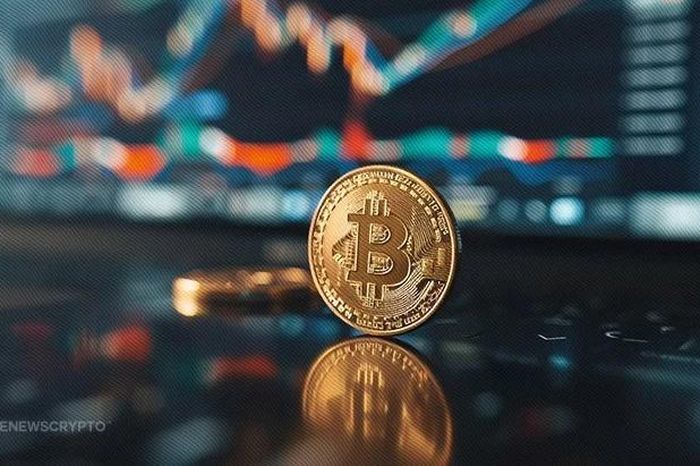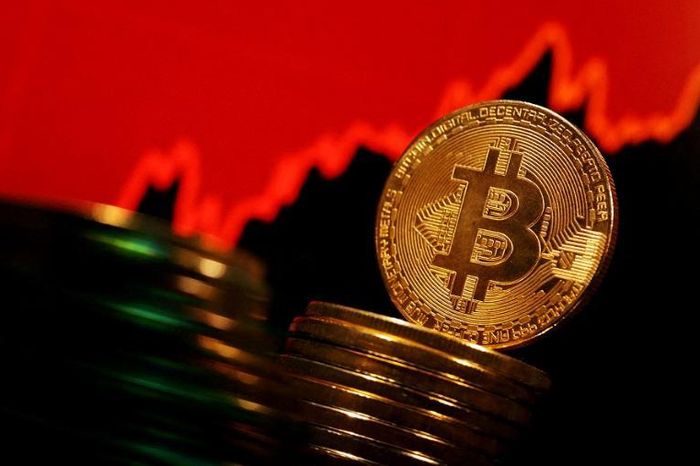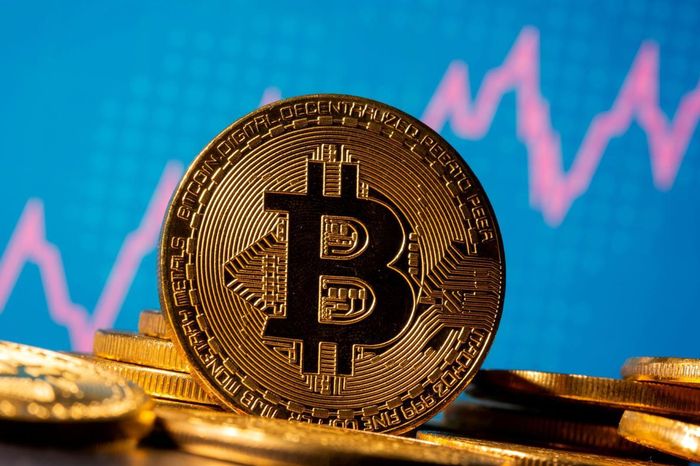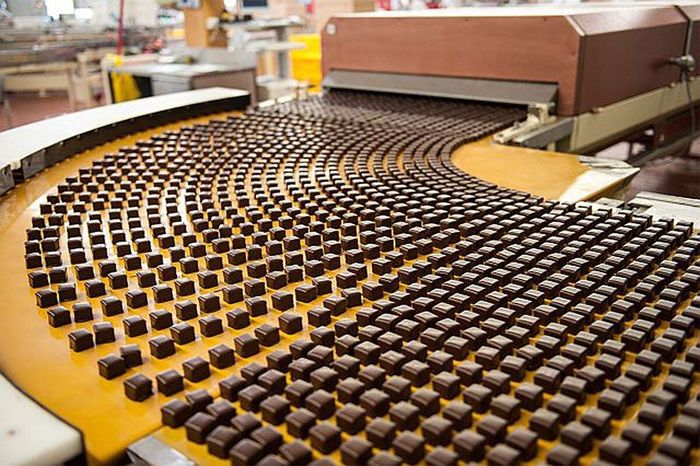The crazy rush of something that is increasing in price faster than Bitcoin

The chocolate world is facing a severe cocoa shortage. This has led to strong fluctuations in the market, to the point of attracting an unexpected player: Pierre Andurand - a hedge fund manager famous for betting on oil.
In early March, cocoa prices had more than doubled in just 12 months. At that time, many speculators decided to give up and reduce their bets, no longer believing that the price would continue to rise.
That's when Andurand saw an opportunity to buy.
In fact, all signs point to a large deficit. The world has enjoyed cheap chocolate for decades but aging trees and crop diseases are rampant in West African countries - which supply about half of the cocoa market.
Many traders even fear growers' output has entered a long-term decline.
So futures contracts quickly increased about 70% since the beginning of March to a record level this week, according to Bloomberg.

The crisis has arrived
For the world's chocolate makers, the crisis has arrived.
Many factories were forced to close from Malaysia to Germany and Chicago (USA). Tristan Fletcher - CEO of ChAI - a platform that uses AI to analyze commodity markets, commented: 'The scars of this crisis may have been evident long ago in the volatility of cocoa.'
'Speculative players are getting in and out of positions faster, which will add to volatility. It also means the market is more likely to fluctuate wildly,' he said.
Commodity markets are notoriously volatile, but the speed and severity of the cocoa price surge has caused chaos. It shows up in the crop's global supply chain, from struggling West African farmers to European commodity brokers to American confectioners.
This week, futures contracts reached a record $10,760/ton, a level previously unimaginable to most traders. This is double the previous peak set in the 1970s.
Before this surge, the New York market had largely remained below $3,500 since the 1980s.
Citigroup expects the price to rise to $12,500 in the next few months. Andurand forecasts futures could break $20,000 this year.
The market is stuck between a severe shortage of agricultural products and dangerously low liquidity.
When companies cannot pay margin calls to support their hedges, they are forced to buy back futures contracts, driving prices even higher and pushing more people out of the market.
'That's what worries me the most,' said Jacques Torres, founder and CEO of Jacques Torres Chocolate - an artisanal confectionery manufacturer based in New York (USA). 'If this is the future, we will see a lot of people going bankrupt.'
It is forecast that cocoa output in Ivory Coast and Ghana - accounting for about 50% of supply - will decline by double digits. Meanwhile, the International Cocoa Organization (ICCO) predicts production will be about 374,000 metric tons lower than demand in the 2023-2024 season.
'We have almost nothing left to supply for the rest of this season,' said Nicholars Quartey (67), a grower in the town of Suhum, about 100 km north of Ghana's capital Accra.
Expose the problem
This historic cocoa shortage also exposed other problems plaguing the region.
For decades, farmers in Ivory Coast and Ghana have been chronically underpaid. Although futures contracts have increased in nominal price, they have not kept pace with inflation.
It is 12 years after Ivory Coast nationalized the cocoa industry as a way to improve farmers' livelihoods. The prices offered to growers are set by the governments in both countries, aiming to lock in sales a year in advance.
As a result, growers are paid much less than prices set in international markets and are unable to react quickly to changes in supply and demand.
'What you have to do is give a signal to the farmer. Let them know that it's worth investing in the farm and what they've done in the past,' shared Steve Wateridge, head of research at Tropical Research Services.
Ghana and Ivory Coast recently raised prices for farmers, but it remains unclear whether the increase will be enough to encourage more supply.
Very few producers have access to modern irrigation systems or farming techniques. This makes their work vulnerable to the weather. They also don't have enough money to invest in fertilizers and other crop chemicals after prices soared in recent years.
Meanwhile, crops lack innovation and investment to research and produce better seeds.
'I know a lot of farmers are leaving the cocoa sector,' says Issifu Issaka, a cocoa grower in Ghana. 'They are abandoning their cocoa farms and switching to rubber farming - others will switch to coconut farming' .
He also pointed to an increase in small-scale mining in the area, known locally as galamsey, which has polluted water sources.
'The water sources in the cocoa growing area are gone - we have lost them,' Issaka said.
Consumers are yet to see the full impact of the price increase.
According to Pladis chief executive Salman Amin, the company is still finalizing its pricing plan but expects global price increases to average in the 'high single digits'.
Growers in places like Cameroon, Nigeria, Ecuador and Brazil are trying to increase yields.
However, it will be some time before any new products hit the market. Cocoa trees can take 3 to 5 years to begin harvesting. By then, it may be too late for some confectioners to recover.
'With these cocoa prices, the fever has struck,' said Laerte Moraes, managing director of Cargill's South American food ingredients division.
You should read it
- Scientists identified 17 new genetic markers related to longevity
- MS Word: Print Word-attached document - background color
- Invite 2 terrible games PUBG and PES 2019, are free for Xbox One on Microsoft Store
- Tips for using Android phones to replace Microphones for computers
- ThinkPad Edge E430 starts Windows 7 40% faster
- How to change time, date and month in Windows 10?
 Why does Bitcoin FUD sentiment escalate 48 hours before halving?
Why does Bitcoin FUD sentiment escalate 48 hours before halving? Mysterious Chinese 'boss' in the largest Bitcoin laundering case in British history
Mysterious Chinese 'boss' in the largest Bitcoin laundering case in British history Bitcoin price today April 18: Strong adjustment trading around 61,150 USD
Bitcoin price today April 18: Strong adjustment trading around 61,150 USD Devastated because the price of the seed is crazier than Bitcoin
Devastated because the price of the seed is crazier than Bitcoin Bitcoin price today April 17: Slight recovery trading around 63,900 USD
Bitcoin price today April 17: Slight recovery trading around 63,900 USD Bitcoin disappoints before 'big day'
Bitcoin disappoints before 'big day'